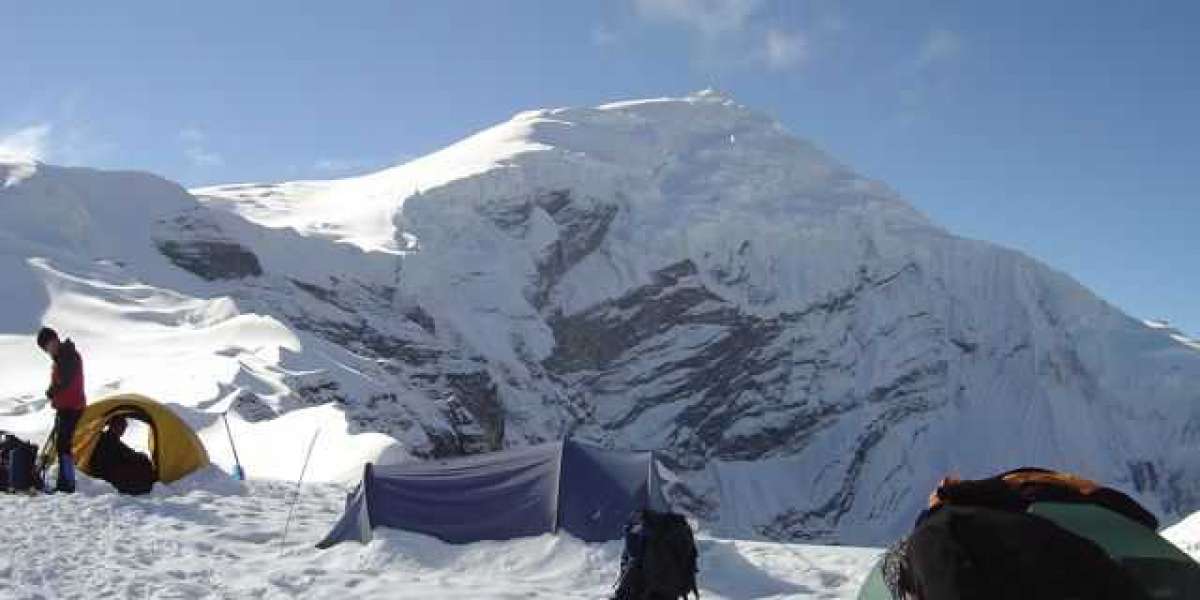Trekking in Nepal for Beginners is a fantastic way to dive into the beauty and adventure of the Himalayas, even if you don’t have much trekking experience. Nepal offers a variety of routes that cater to all fitness levels, so you can enjoy the incredible scenery without feeling overwhelmed. Whether you want to marvel at towering peaks, walk through charming villages, or soak in local culture, there’s something for everyone. Popular treks like the Ghorepani Poon Hill Trek, Langtang Valley Trek, and Annapurna Base Camp Trek are ideal for beginners. They take you through stunning landscapes and offer plenty of opportunities to rest at cozy teahouses along the way, making the journey comfortable and enjoyable.
The best times to go trekking in Nepal are during spring (March to May) and autumn (September to November). The weather during these seasons is usually stable, the skies are clear, and temperatures are comfortable. In spring, you'll see the trails lined with colorful blooming rhododendrons, while autumn brings crisp, clear skies and perfect trekking conditions.
Even though these treks are beginner-friendly, it's helpful to have a basic level of fitness. You don't need to be an athlete, but doing some light cardio like walking or jogging before your trek can improve your stamina. A bit of strength training, especially for your legs, will also help, as trekking involves walking on uneven terrain with some uphill and downhill sections. And remember, it's not a race! Taking your time will let you enjoy the experience fully and help your body adjust to the altitude.
Packing the right gear is essential for a smooth trek. Make sure to bring sturdy, broken-in trekking boots, and pack layers of clothing so you're prepared for both warm days and cooler nights. A lightweight backpack, trekking poles, and a headlamp are also handy. Since the sun is stronger at higher altitudes, don’t forget sunglasses and sunscreen. A reusable water bottle and purification tablets are a must to stay hydrated along the way.
Altitude sickness is something to be aware of, even on beginner treks. It’s important to take things slowly, drink plenty of water, and avoid alcohol or caffeine. If you start feeling unwell with symptoms like headaches or dizziness, descending to a lower altitude can help.
Accommodation on these treks is typically in teahouses, which are basic lodges that provide simple meals and a place to sleep. You’ll get to enjoy traditional Nepali food like dal bhat (rice and lentil soup) or other simple dishes like noodles and soup. The teahouses offer a welcoming atmosphere where you can rest, refuel, and chat with other trekkers.
For first-timers, hiring a guide or porter can make your experience even more enjoyable. A guide will help keep you on the right path and share fascinating insights about the culture and environment. A porter can carry your heavier gear, so you can focus on enjoying the trek with just a light daypack.
Nepal is truly the perfect place for beginners. The friendly locals, well-marked trails, and breathtaking views make it an easy and rewarding destination for your first trekking adventure. You’ll get to experience the magic of the Himalayas at a pace that suits you, making it a trip you’ll never forget.




